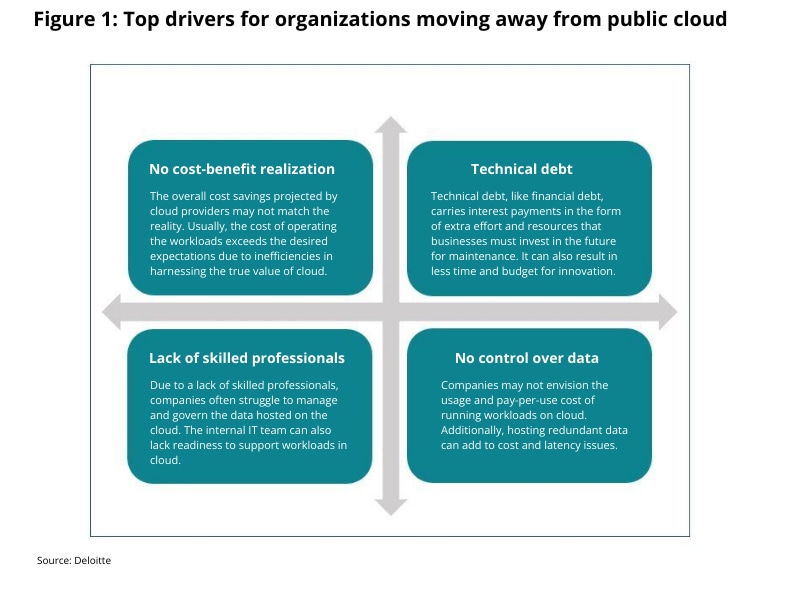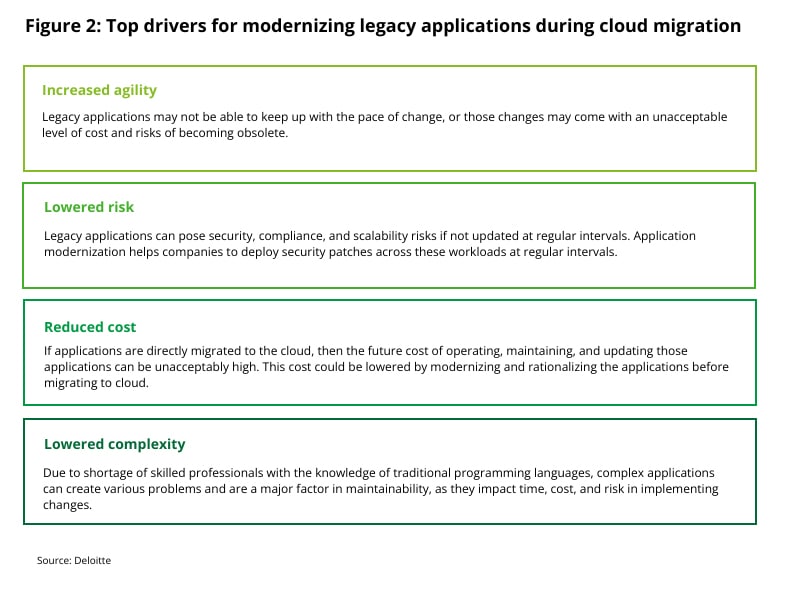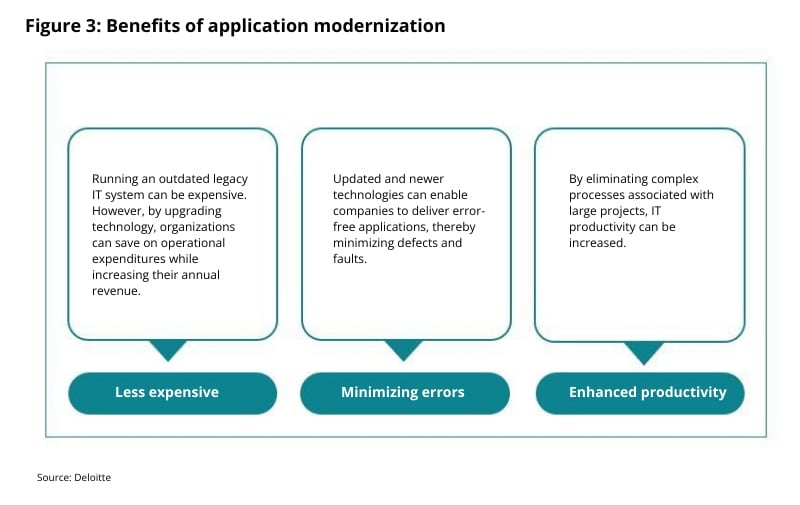Demystifying Cloud Migration | Deloitte US has been saved
A blog post by Amod Bavare, Principal, Deloitte Consulting LLP, Application Modernization & Migration GTM Leader; Vishant Gogri, Senior Analyst, Deloitte Consulting LLP, CoRe Research & Insights
In the age of agile digital transformation, organizations constantly gauge the benefits of moving their systems and applications to the cloud. For many, migration to the cloud is no longer viewed as a choice due to the benefits it offers in an uncertain business ecosystem.
Further, post-COVID, many organizations are also focused on building their digital infrastructure and may allot hefty budgets to harness the power of cloud. So, market analysis suggests significant growth in cloud spending in the next two years, supported by the demand and growing trend for cloud migration. However, one major game changer for successfully unlocking the value of cloud is the rightful implementation of cloud initiatives.
Although cloud is a need of the hour, and most organizations are adopting it in some form, some may not take an optimal approach to implementing it. Perhaps they lack clarity in road mapping and planning the move and end up making hasty decisions. As a result, they often burn resources instead of improving efficiency and productivity. Eventually, organizations with sub-optimal cloud implementations can end up questioning their shift, especially if it leads to operational decay and lower-than-anticipated return on investment (ROI) on their long-term business planning.
Enterprises in this predicament can enter a state of reflux and often regret their move to the cloud. Thus, they might end up repatriating from cloud in order to avoid any further losses.
Doing cloud right the first time
Companies often take a “lift and shift” approach when moving to the cloud, as it can be faster and cheaper. But in this process, they often fail to rationalize and modernize their application portfolio to take advantage of the capabilities of cloud. Hence these redundant and excess applications are also migrated to the cloud, thereby potentially increasing the overall data volume. Further, the pay-as-you-go model extended by major cloud providers also increases data volumes and can exponentially increase the overall cost of operation.
Although application modernization can result in additional cost via the transformation of legacy applications into modern infrastructures, it offers long-term benefits in the form of lower maintenance costs, reduced cloud governance challenges, and higher ROI. At the same time, application modernization helps businesses to keep their applications updated, which can potentially lower the risk of any security threats and safeguard applications from becoming obsolete.
To keep up with an evolving competitive technology landscape, to meet and exceed customer expectations, and to introduce agile features and capabilities, critical applications need to evolve.
Deloitte leverages an “Assess, Migrate, and Modernize” three-pronged approach that leads organizations methodically through business transformation, encompassing automated engineering, retooling, and reskilling staff; supporting ongoing operations; and prioritizing the future workforce. This approach offers flexibility to meet specific needs, no matter how complex.
Get in touch

Amod Bavare
Amod is a principal with Deloitte Consulting LLP and leads go-to-market for cloud transformations across the Application Modernization & Innovation operating portfolio. With more than 25 years of IT industry experience, Amod specializes in renovating architecture and migrating complex enterprise applications to the cloud, essentially helping to create value by modernizing clients’ legacy systems. His ability to lead organizations through digital transformation journeys is the reason he emerged as a leader in application modernization.




